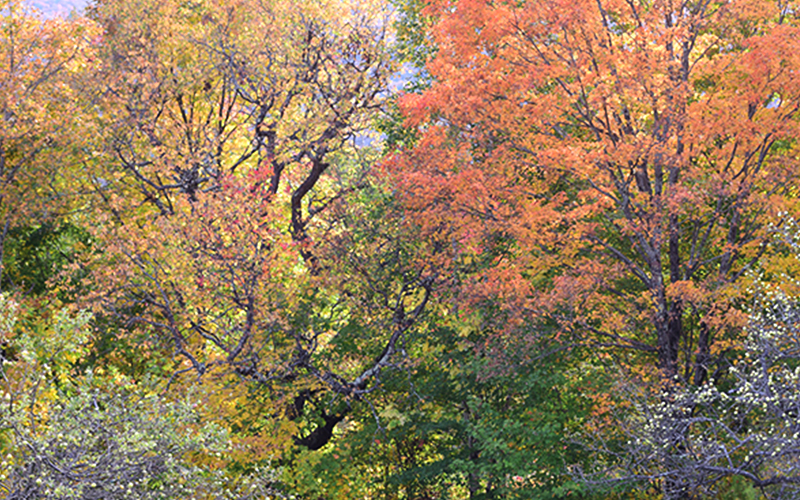Efforts by the Mad River Path to advance a 10-mile multi-use transportation path from Warren to Moretown are continuing as path association executive director Misha Golfman continues building consensus from local towns.
Most immediately Golfman is seeking buy-in from local towns and partners to apply for funding for a scoping study by VTrans Transportation Alternatives Program. If funding is received, it will pay for an engineering study of the proposed path, feasibility, alignment, and cost. That study will likely break the project into town-based sections and solicit public input.
Golfman has met with the Waitsfield Select Board, Conservation Commission and Planning Commission and is reaching out to those groups in Warren and Moretown this week. He has also created a Q and A which addresses phasing, costs, and other logistics around the propose path.
FIELDS AND WOODS
Current thinking has the proposed path running from Warren to Moretown, primarily in the Roue 100 right of way, but also veering off into fields and woods where possible. Implementing such a path was envisioned as part of a 2016 MRV Moves Active Transportation Plan’s Future Opportunities Map.
The scoping study would take place in 2024 and 2025. It would be followed in 2026 by implantation, prior to which the participating towns will be eligible to apply for VTrans grant funds for sections in each town. The VTrans grant program requires a 20% local match.
In terms of cost, Golfman notes in the Q and A that a 10-foot wide path will cost $342 per foot or $18.5 million for a 10-mile path.
Q AND A
Here are excerpts from the Q and A. Review the full piece here: https://madriverpath.org/vt100path
How wide is the State Right-of-Way (ROW)?
The ROW varies along Route 100, it is generally 100 feet-wide in Warren and 50 feet-wide in Waitsfield and Moretown.
Can landowners be compensated?
The scoping study assesses and appraises the impact of right-of-way improvements and determines compensation values to affected landowners.
Will the proposed Route 100 multi-use path follow sections of the existing Mad River Path?
In most places, the proposed multi-use path will run along Route 100. The majority of the existing Mad River Path will continue as minimally improved trails in natural settings. Some sections may align with the new path and may be widened and surfaced. The scoping study will recommend a path alignment that balances a multitude of objectives.
Will the path be paved?
The path may be paved or aggregate (gravel) surfaced. The scoping study will determine the best path surface. The primary goal of the hard surface is accessibility by all, regardless of their physical ability.
Will the path be vulnerable to washouts and will it increase flooding in The Valley?
The path will be designed to improve The Valley’s overall flood resilience. A key objective of the project is to avoid constriction and encroachment of the Mad River.
KEY BENEFITS
Other key benefits of a multi-use path are to:
- Improve pedestrian and bicycling safety and serve as a backbone of the recreational economy providing a multi-jurisdictional path for commuter and recreational transportation needs.
- Provide inclusive and accessible alternatives to vehicle travel, to help reduce the Mad River Valley’s carbon footprint and access to services for those who can’t afford, choose not to, or are unable to use cars.
- Become the spine of the MRV trail network, connecting Mad River Path and Mad River Riders trails, and Steward MRV-managed recreational sites.
- Connect to state-wide trail networks, including the Velomont and Cross Vermont Trails.













